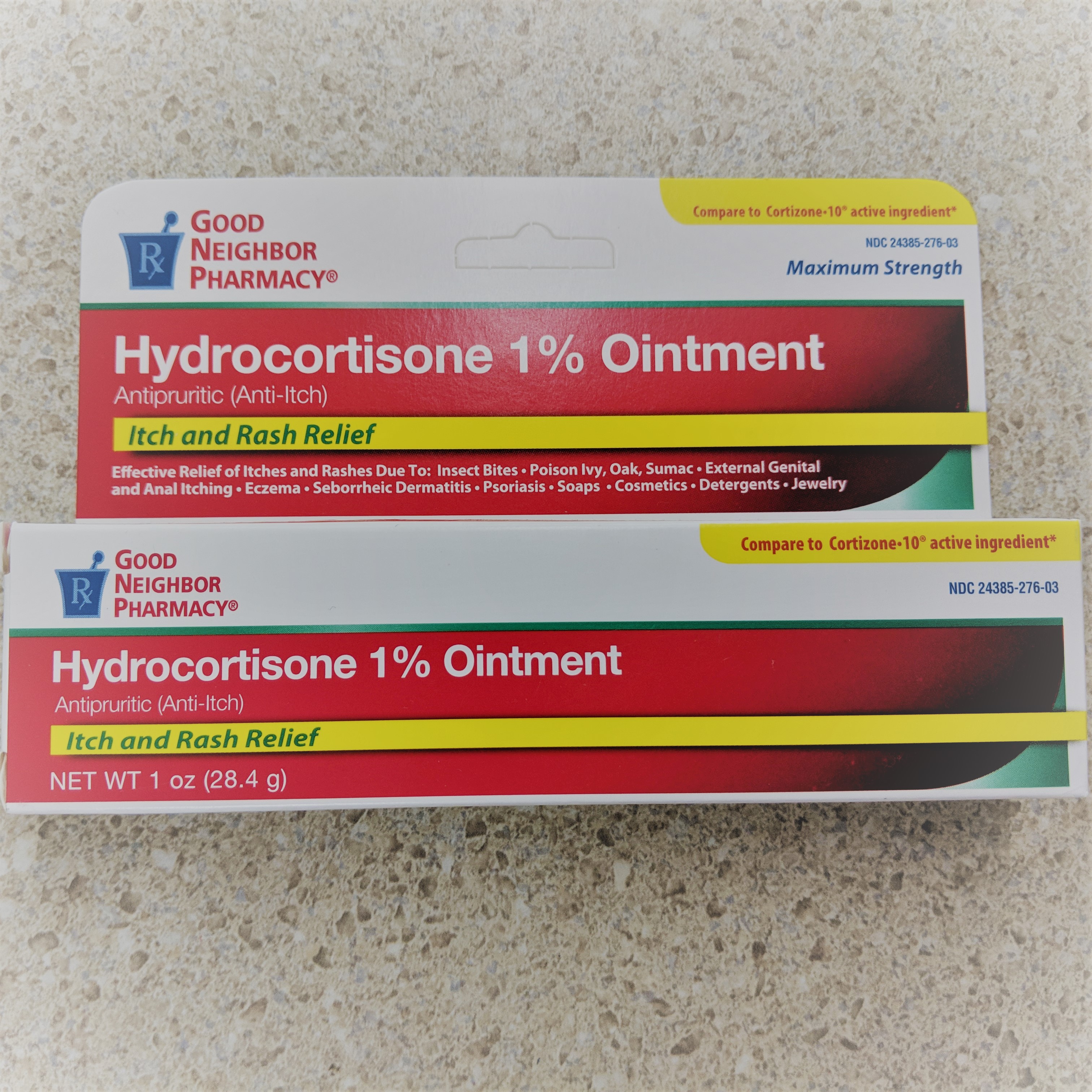Poison Ivy 101: Identifying, Treating, and Preventing Rashes in Central Ohio. By Our Student Pharmacist, Lee Zimmer.
Today we’re taking on a plant that can really get under our skin (both literally and figuratively): poison ivy.
Understanding how to identify, treat, and prevent poison ivy rashes can be essential for enjoying the outdoors safely. While poison ivy does have relatives called poison oak and poison sumac that cause similar symptoms, poison ivy is, by far, the one you encounter the most in Ohio.
So let’s jump into Poison Ivy 101, equipping you with the knowledge you need to navigate this common nuisance.
- Recognizing Poison Ivy: Leaves of Three, Let It Be
At some point in your life someone told you the phrase “Leaves of three, let it be,” but what does that mean, and how do you identify poison ivy when everything is green and leafy right now? Well, take a moment to really focus on the greenery around you and look for poison ivy’s distinctive features, such as leaves grouped in threes, pointed tips, and serrated edges. Poison ivy can grow as a low shrub trailing along the ground or can form hairy vines and climb basically anything vertical.
- The Itch Factor: Understanding the Urushiol Reaction
Poison ivy causes itching, redness, and inflammation due to an oily resin called urushiol found in its leaves, stems, and roots. Yes, that means that poison ivy can cause an itchy rash any time during the year. You can pick up urushiol by disturbing any part of the plant itself, but also indirectly from clothing, pets, or garden tools that have contacted the plant. Unfortunately, urushiol can linger for a long time on surfaces until it is washed off; soap and water works great.
- Prevention is Key: Minimizing Contact with Poison Ivy
Preventing poison ivy rashes starts with avoiding contact altogether. A great first step to protect yourself is wearing long sleeves, pants, and closed-toe shoes when venturing into areas where poison ivy may be present. Other options, like barrier creams and washes, can provide an additional layer of defense, but are certainly not foolproof and often require reapplication.
- Post-Exposure Measures: Minimizing the Risk of Rash
Sometimes, despite our best efforts, we may still come into contact with poison ivy. Urushiol can absorb at different rates, from minutes to hours, so acting quickly to wash the area with soap and water can help reduce your risk of developing a reaction. Pay special attention to clean under your fingernails, as you could have urushiol stuck under them and you are one itch away from spreading the fun somewhere else. Also be sure to launder exposed clothing promptly.
To emphasize – Your poison ivy rash isn’t spreading; you either absorbed the urushiol at different rates or didn’t wash it off yourself or items you touched – and then touched them again.
- Soothing the Itch: Remedies for Poison Ivy Rash
If a rash develops, there are several options for symptom relief. Discuss with your pharmacist over-the-counter remedies such as witch hazel, hydrocortisone cream, or oral antihistamines to alleviate itching and reduce inflammation.
Home remedies like cool compresses or aloe vera gel may also sooth the itch, but the effects are limited.
Try to discourage itching as much as possible as itching can break the skin and increase the risk of developing an infection.
- When to Seek Medical Attention: Recognizing Severe Reactions
Most poison ivy rashes can be managed at home, but some cases may require medical attention.
Signs of a severe reaction include:
- widespread rash
- swelling
- difficulty breathing
- signs of infection at a rash site
These symptoms are all cause for concern and warrant a trip to your doctor or local emergency room.
Navigating the presence of poison ivy in central Ohio requires awareness and precaution. By familiarizing yourself with the characteristics of poison ivy, adopting preventive measures, and knowing how to treat rashes, you can enjoy the outdoors safely and confidently.
Remember, prevention is key, but in case of exposure, prompt action and appropriate remedies can ease discomfort. Stay vigilant, educate others, and let your adventures in nature be free from the itch of poison ivy rashes.




